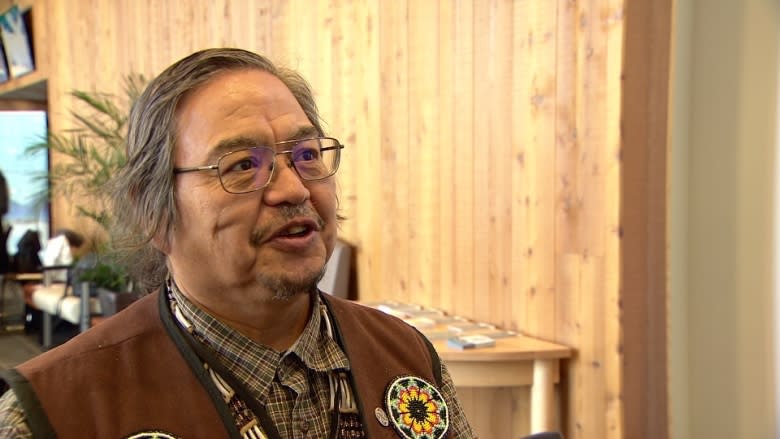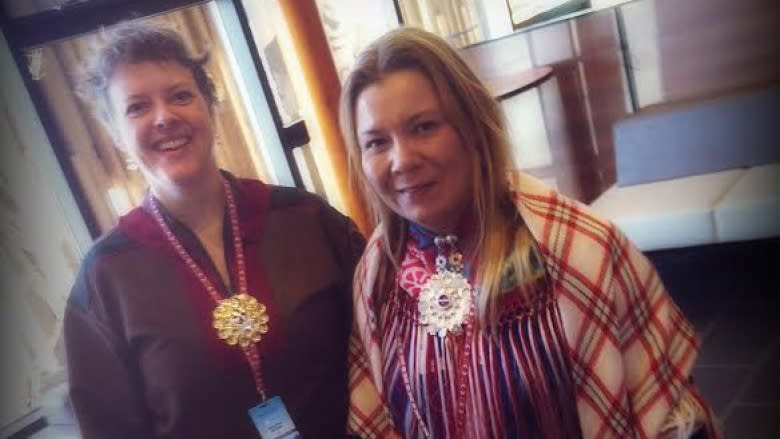Arctic Council leaders want more indigenous representation
Housing, mental health and the high costs of living in the North are a few items on the agenda of Arctic Council meetings underway in Whitehorse.
The event brings together senior leaders from circumpolar regions including the Scandinavian countries, the Russian Federation, Alaska and Canada.
Joe Linklater, chair of the Gwich'in Council International, a member organization, says he wants to see more involvement of indigenous people at future meetings. He says that that will help the council tackle the problems faced by indigenous people.
Michael Stickman agrees. He's chair of the Arctic Athabaskan Council, another member organization.
He says traditional knowledge needs to be taught and shared.
"The most important thing is the natural, renewable resources because we all eat fish, we all eat birds and moose and beaver. I mean if you manage the animals right if you manage yourself right, you can live forever," says Stickman.
He says global carbon emissions are changing climates across the North, affecting ecosystems and jeopardizing traditional land-based practices.
Ellen Inga Turi, a member of the Saami Council, represents the only indigenous people from Europe. She says it's important to not lose too much land to industrial development.
"For a great portion of the Saami people, reindeer herding represents our core economic livelihood. For us it's important to preserve the quality of the pastures, the quality of the environment and also to preserve the access to pastures."
Linklater says discussions this week are not all about "high-level" issues.
"Obviously traditional knowledge and indigenous issues are higher on our priority list," he says. "But also housing, economic development ... and just in general healthier communities and healthier environment for the Arctic."
Arctic council meetings wrap up on Thursday.



